Character Study: Madison Spencer
May is Asian Pacific American Heritage Month. On the topic of social justice, progression and activism in reference to all other minorities, the Asian culture seems to be quiet and almost nonexistent in comparison. They had their social movement in the 60s and 70s (like many other minorities), but this particular one seems to be a mere footnote in history. Some figures of the time have persevered, like poet Al Robles who advocated awareness for the Filipino culture to young people, half-Chinese and Korean academic and activist Merle Woo (who not only advocated against Asian American women at large being degraded in American media, but also for the LGBT community, as she was a lesbian herself) and Fred Ho who fused Asian and African forms of music into jazz.
Mostly seen in media from the outside world, but having no historical context, black and Asian people haven’t always seen eye to eye and in the past there has been slight, underlying tension between the two groups. Luckily, today this has mostly been held in the older generations of both sides. Asian people have been strong allies for black progression. People like Chinese-American Grace Lee Boggs, who helped alleviate poverty in black Detroit neighborhoods, and Japanese American Yuri Kochiyama, who was interested in black nationalism and fought against issues like South African apartheid, Puerto Rican independence and got $20,000 reparations for Japanese internment camp detainees.
This brings me to the woman I interviewed for this character study, Madison Spencer. I met Spencer when we were both freshman at Prairie View A&M University. We met on a campus show where she was an actor and I, a writer. Spencer is a beautiful person, brimming with personality. She sometimes shows reclusive tendencies you wouldn’t really expect her to have, such as a strong sense of social climate, art and culture. I also didn’t know until later that she was half black and half Filipino. You can see her eyes light up when she talks about her Filipino heritage. She hits you with passion explaining language, food, art and the culture as a whole. Along with anecdotes of her Filipino culture this interview was more specific and nuanced. It was primarily about her being biracial focused through the lens of her Asian side.
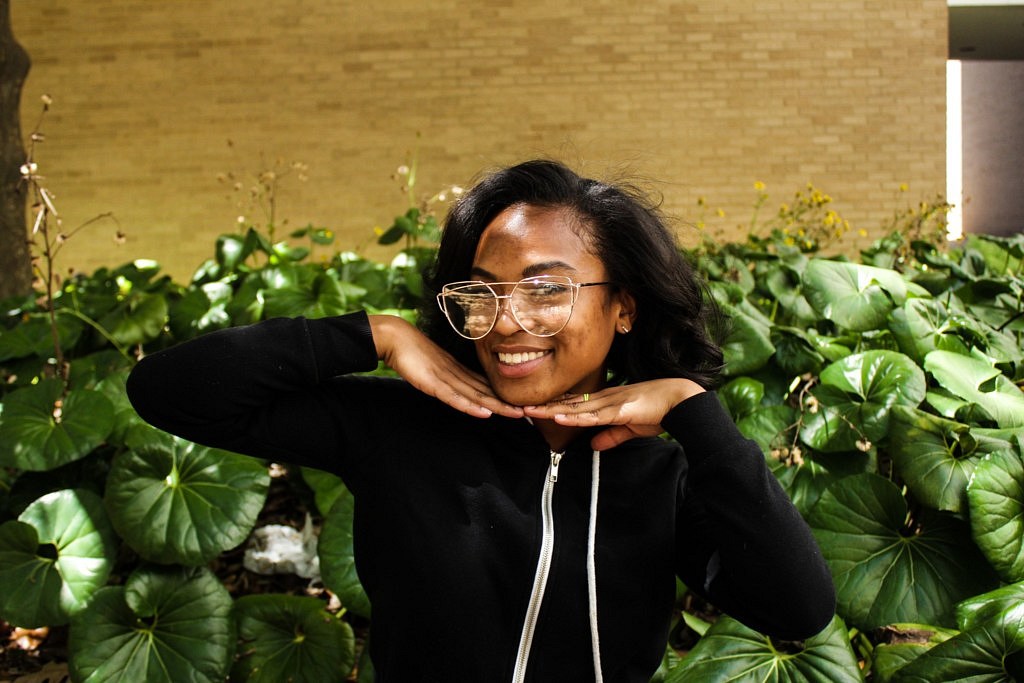
Photo by Dana Jones/Cooglife
Cities Being Melting Pots
Historically, bigger cities tend to have dense populations of a specific ethnicity. Asian culture is heavily present in California and the pacific side of the country. Popular “Chinatowns” across America (such as the one located in Bellaire) generally have Asian populations as well, the most renowned being in New York City; but Spencer is from a prized placed of the American South.
Dana Jones: Where are you from?
Madison Spencer: I am from the west side of Atlanta, Georgia. It was interesting growing up there because I would always get mistaken for being Mexican, because no one else looked like me. But moving to Houston was the most culturally shocking thing for me because I saw so many minority groups that I didn’t see in Georgia; especially Asian ones.
“Identity Crisis”
In America today, race and ethnicity are thrust into every conversation. Whether it’s the basis of a comedy special, government debriefings or the internet. Recently, there was a Twitter tag called #blackgayslay. It was great, people were proud, until a half-black half-Mexican man participated and acknowledged his dual ethnicity, only to be met with backlash; a mix of people either claiming that he wasn’t black or that he needed to “pick one.” The concept of an “identity crisis” is usually executed by surrounding social forces and not by the person that is biracial themselves. What this does is impose singularity in oneself where they then deny a piece of them no matter how apparent.
DJ: Were you ever pressured to choose a side? How were you able to embrace your duality in the midst of that?
MS: I don’t want to say pressured, because I didn’t really grow up around my Filipino side because my grandmother lived in Oklahoma, but I did sometimes feel more black than Filipino. I’m still feeling out how the cultures blend for myself personally and I haven’t quite hit it but I’m almost there. And both of my sides have strength and perseverance historically and socially and politically and that makes me proud to be both. I’m also feel attached to people like my Filipino grandma on my mom’s side who was a rice farmer that sent her daughter to America to have a better life and my grandfather on my dad’s side who started the police force in Macon county Both are reasons why I’m am me and I’m proud.
Hidden Obstacles
Currently, American society is experiencing an uproar in the fight for social justice. Probably the loudest and most mobilized are the Black Lives Matter Movement. Then you have LGBTQ+ rights and a new wave of feminism, all at the helms for the progression of equality. However, we don’t hear too much of a movement that is solely for Asian culture in America. There has been a hot conversation about Asian Americans being the “model minority.” This is the idea that since Asians make more money than the average American, and they are mostly college-educated, then it must mean racism and bigotry isn’t real. However, a lot of the plight of Asian people in America is barely scraped upon; things like the Chinese Exclusion Act, Japanese internment camps and the turmoil that surrounded the Vietnam and Korean War. Asian Americans also have a higher poverty rate than Whites, 12.3 percent compared to 9.8 percent, respectively, and have higher rates of not having high school degrees. These are all things that are not spoken about as specific burdens. When it comes to the whole of the Asian culture, a big chunk of the population is not normally referenced. Usually the ones referenced are the big ones; like China, Korea, Vietnam and Japan, but places like India, Laos and Jordan are not included.
DJ: Since you have so many identities, be it black, Asian, woman; what kind of specific discrimination have you encountered?
MS: Growing up I was given this privilege that I wasn’t really aware of and it came with stigmas that I didn’t understand until I got older when I learned about colorism and such. I remember (a specific time) a black boy told me that I wasn’t going to heaven because I’m not black, or I’m not fully black. I remember feeling confused because I was young and didn’t understand fully, but it still hurt. That moment — related to my plight but, not the whole of Asian women, as it were. The most recent and outspoken voice that represents Filipino women is a transgender model named Leyna Bloom, but she’s also half-black but I have yet to see someone solely from the Asian culture. I think that is because women are trying to be inclusive with one another. I do feel that person is coming though.
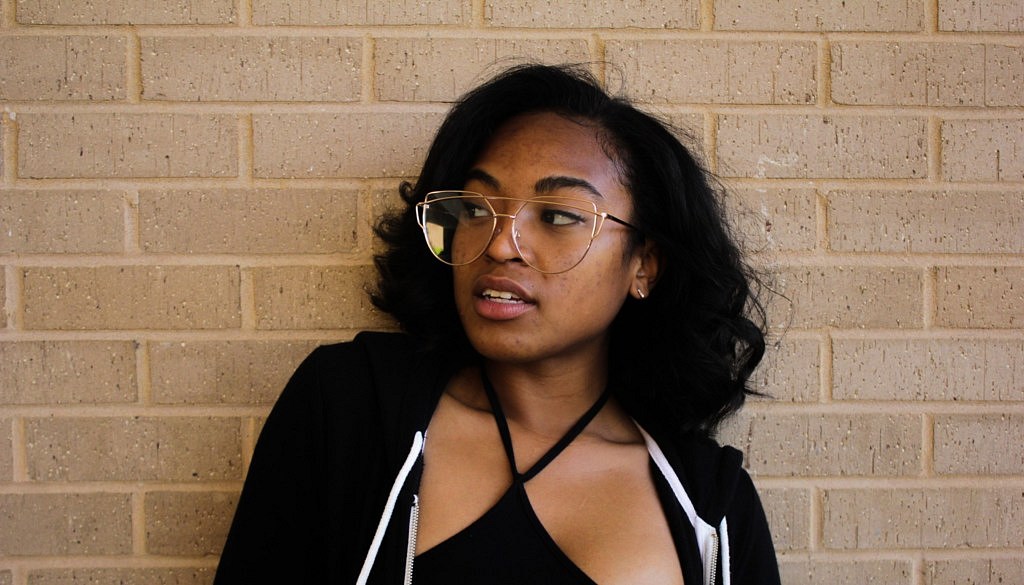
Photo by Dana Jones/Cooglife
Home Is Where the Heart Is
A lot of people have dynamic ethnicity — whether it comes from them being biracial or having bloodlines that stretch far and wide — but there are a few issues when it comes to understanding or even being aware of what their identity is. The fundamental issue is not knowing.
When it comes to Americans, many don’t know their countries of origin. Whether they link to Africa, Europe, Asia or South America, finding out the specifics of it all is not only difficult and expensive, but also an opportunity that is not available or even mentioned. The people who are biracial are something special, because especially in this case, they are swarmed with differences in culture from opposite ends. Understanding what makes you you is important when it comes to family orientation, values, traditions, historical value and of course, food. One of the other aspects is actually going to the geographical place of where you come from. A lot of people won’t ever go to these places, let alone even leave the state that they live in.
DJ: Are you aware of Filipino politics or current events and have you been to the country before?
MS: I’ll get a few here and there, like the (extrajudicial) killings or Miss Universe being Filipino but not much, but that’s me for being very much American. I haven’t gone but when I go to the Philippines (this summer) I’m excited to get a better understanding of the culture and get a closer look at the way of life in my mother’s land, since she was actually born there. I just might get one of the traditional tattoos where you have to mallet with a needle and ink because that’s a special thing and the practice is linked on a spiritual level.
In the aspect of heritage and awareness of the masses, Asian culture is one of the lowest discussed. Whether that be in textbooks, common conversation or the arguments for social justice and progression. When the notion of being biracial comes into play I can see why one might lean towards the part of them that is more represented, even on a small scale. In a country where it preaches and prides itself on being a “melting pot” (or more modernly a “salad bowl”) the minorities are pigeon holed. With this false narrative of the “model minority” it divides people apart instead of bringing them together, all the while affirming the concept of inequality, which is constantly undermined. There needs to be a time to cultivate all aspects of the people that occupy this country, especially if we’re going to advocate for the benefits of what it brings forth. With that being said, happy Asian Pacific American Heritage Month to everyone of Asian descent, whether full blooded or mixed race.

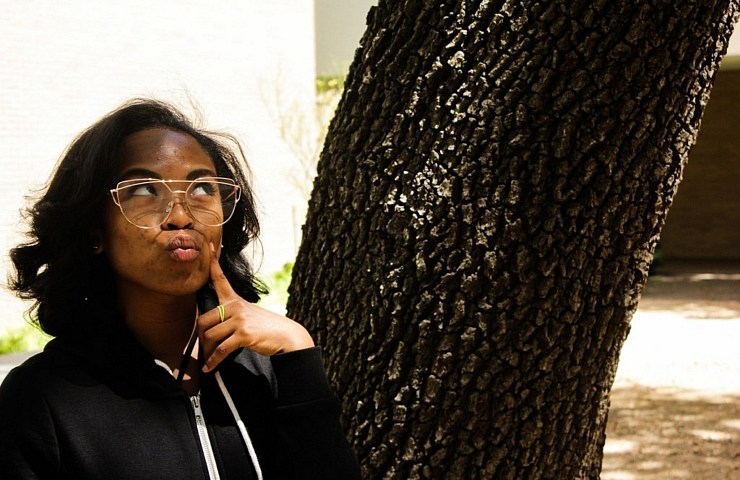
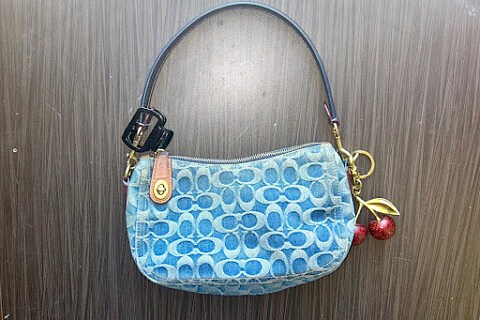
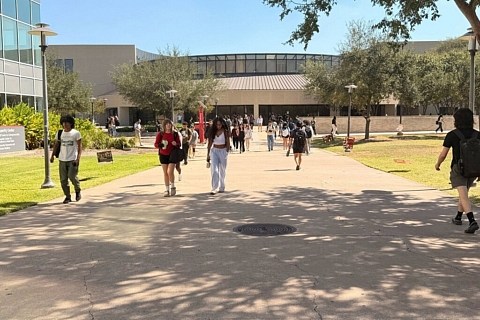
Recent Comments